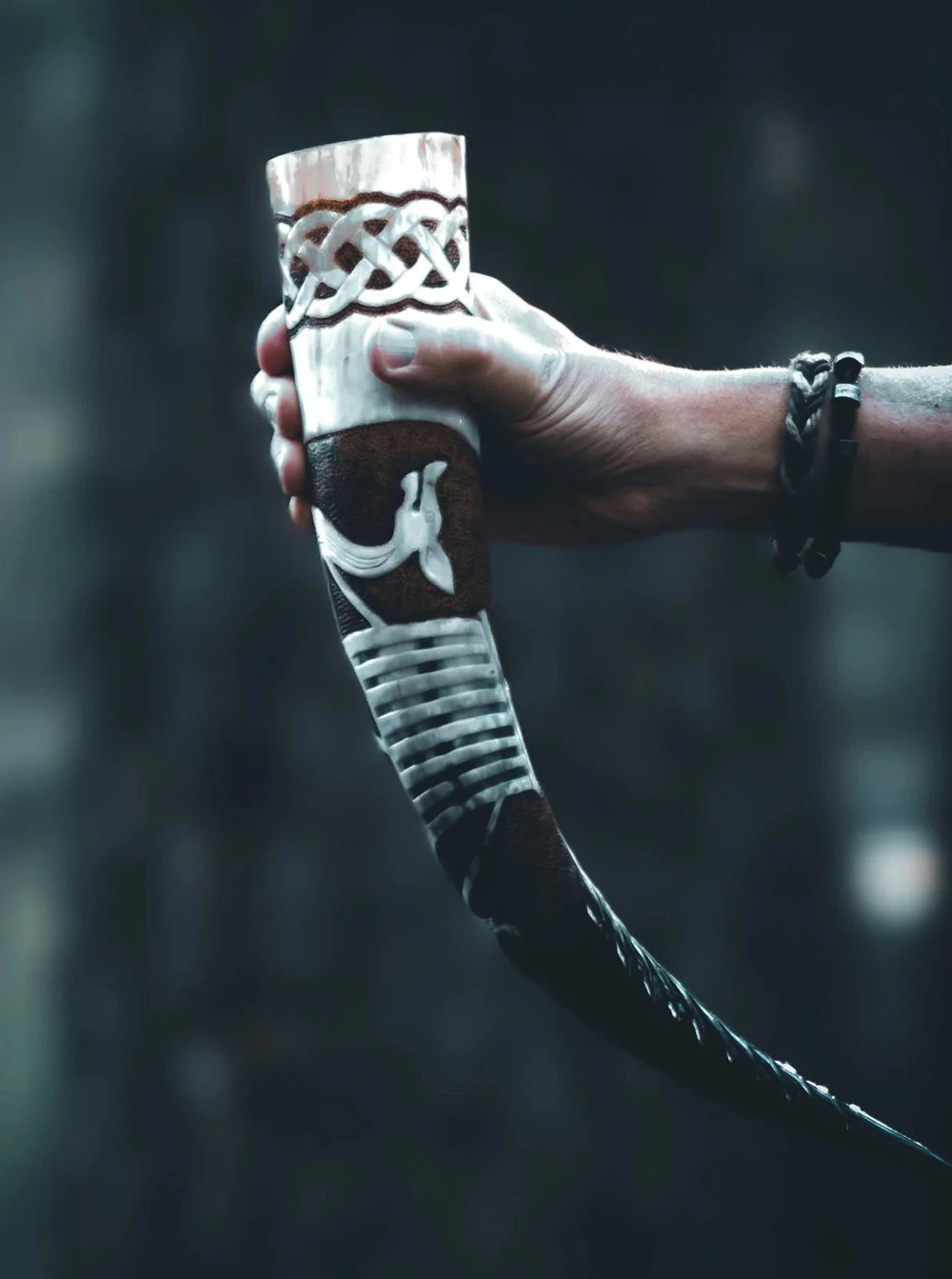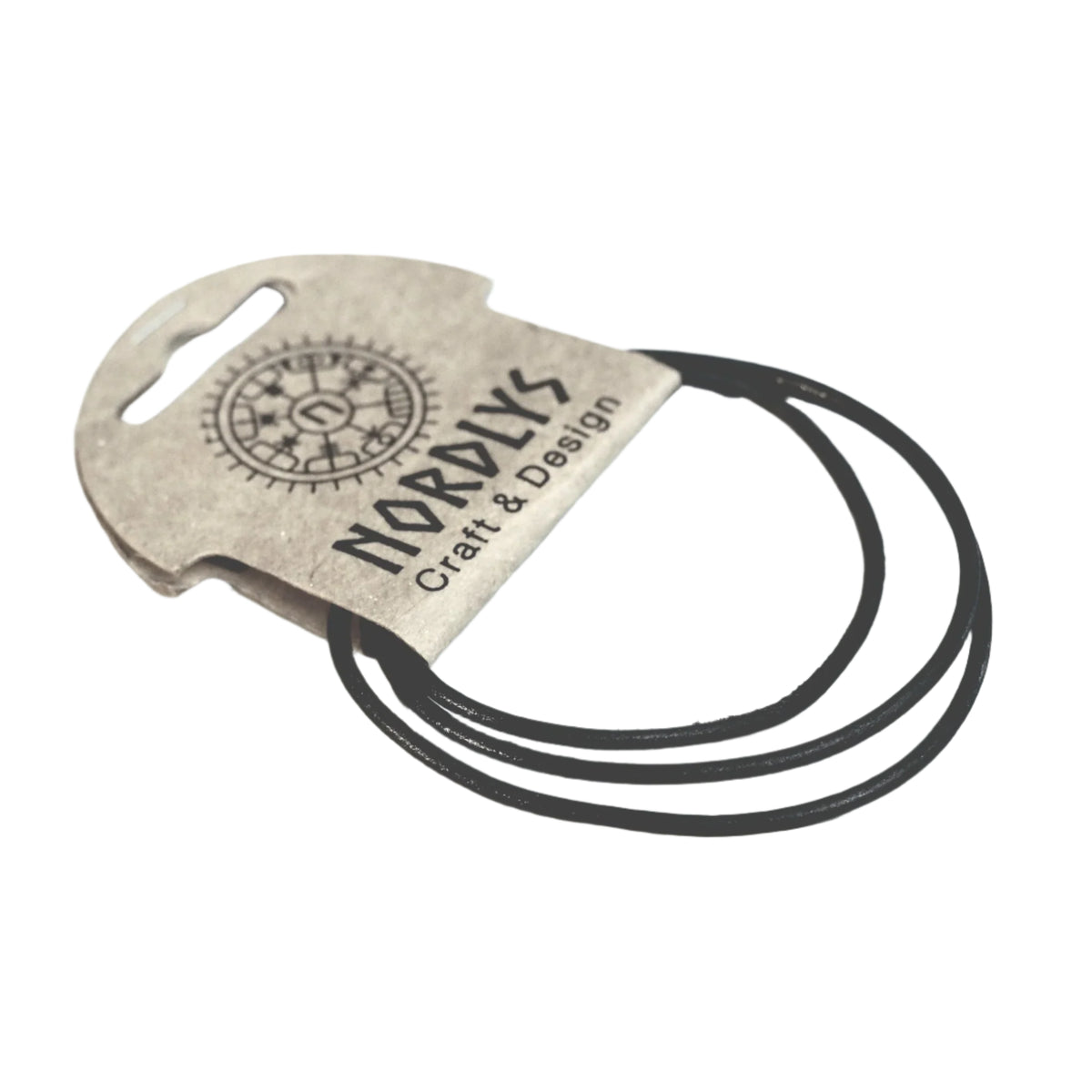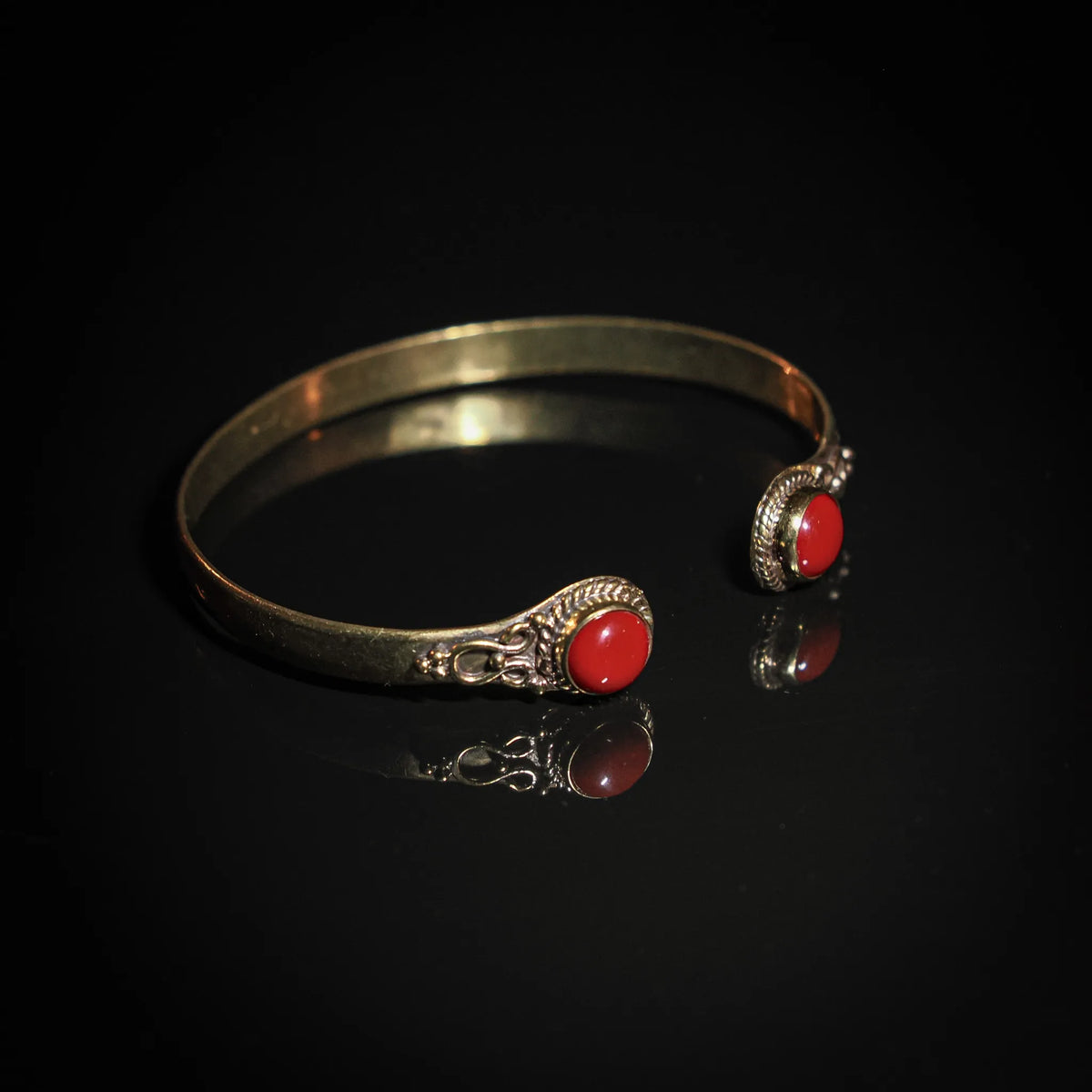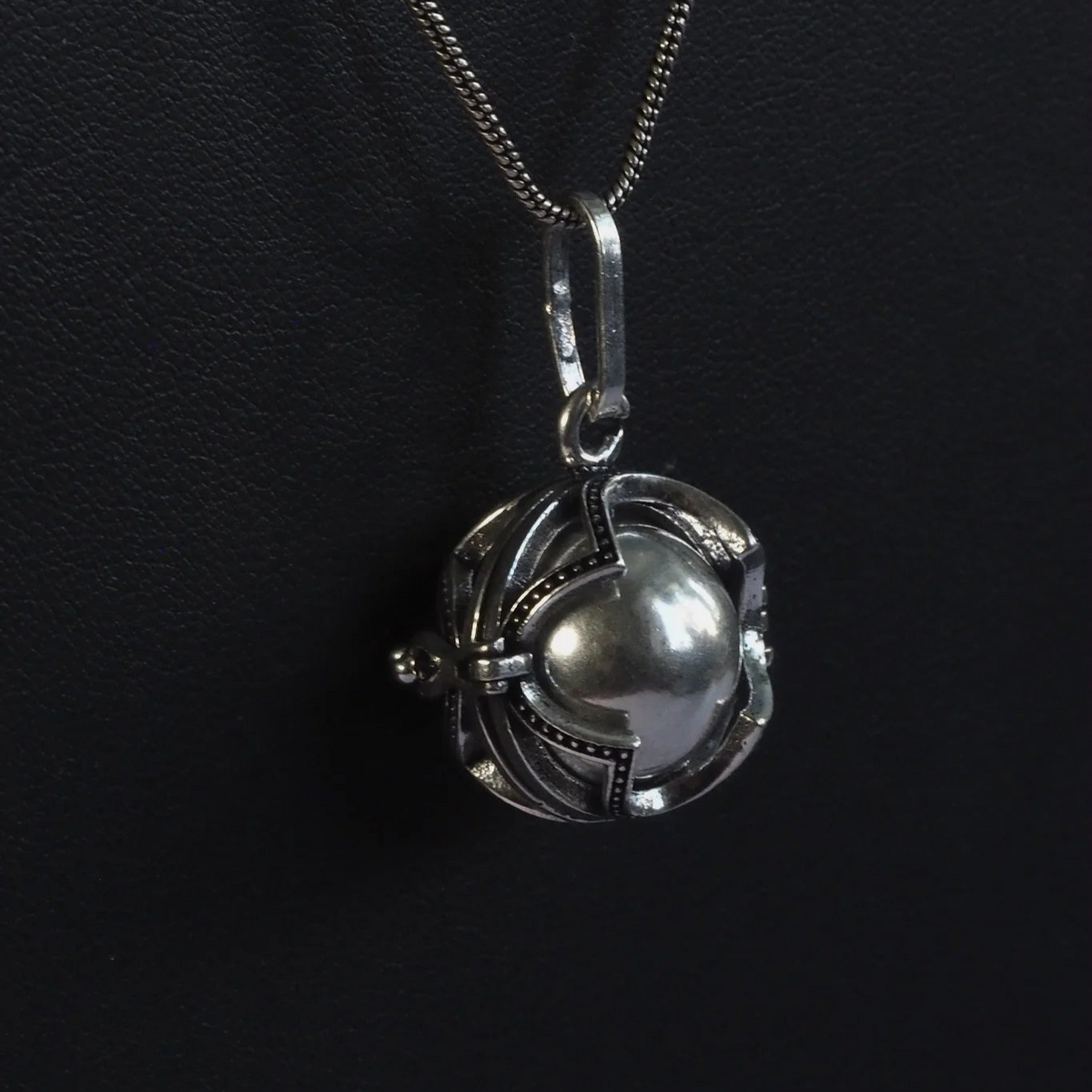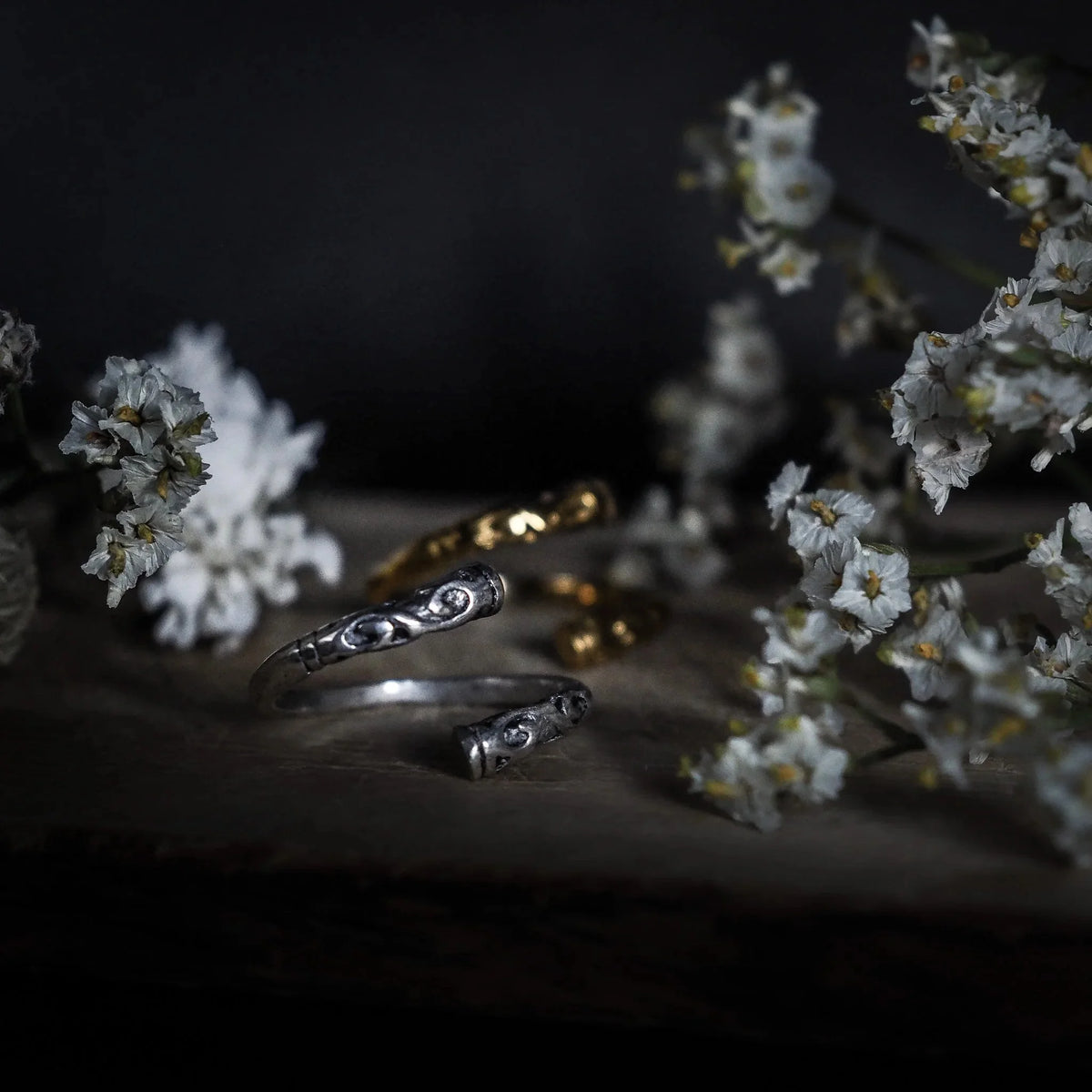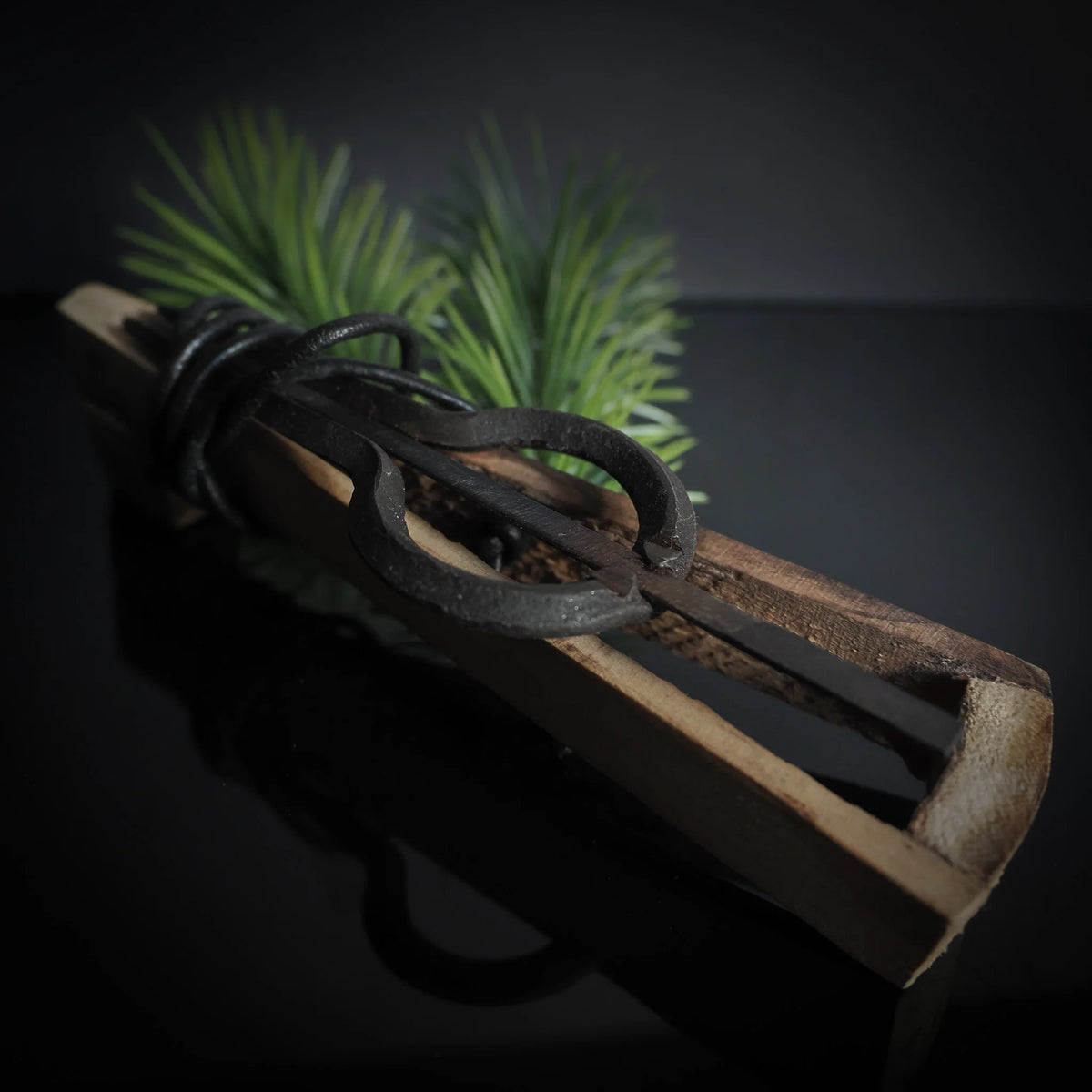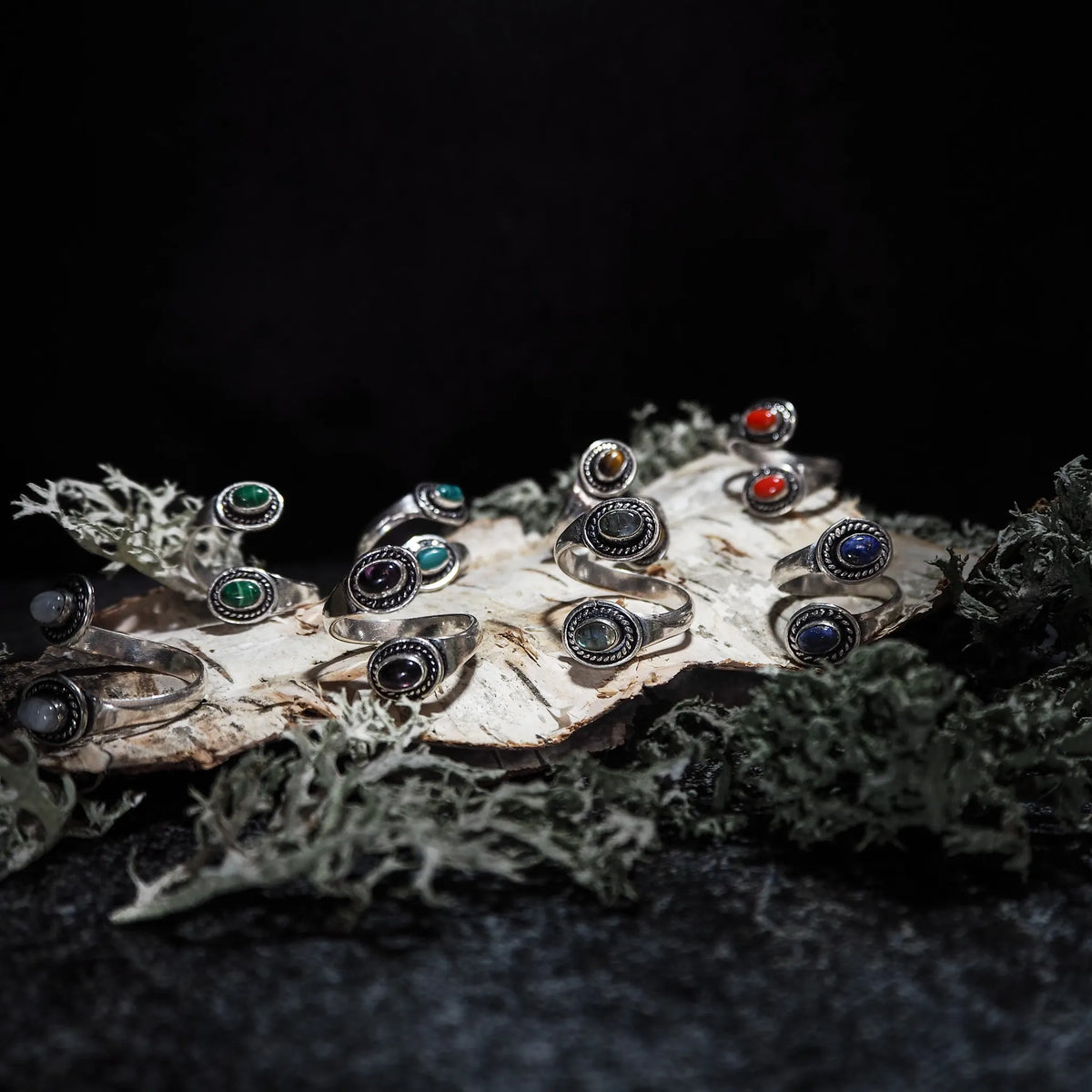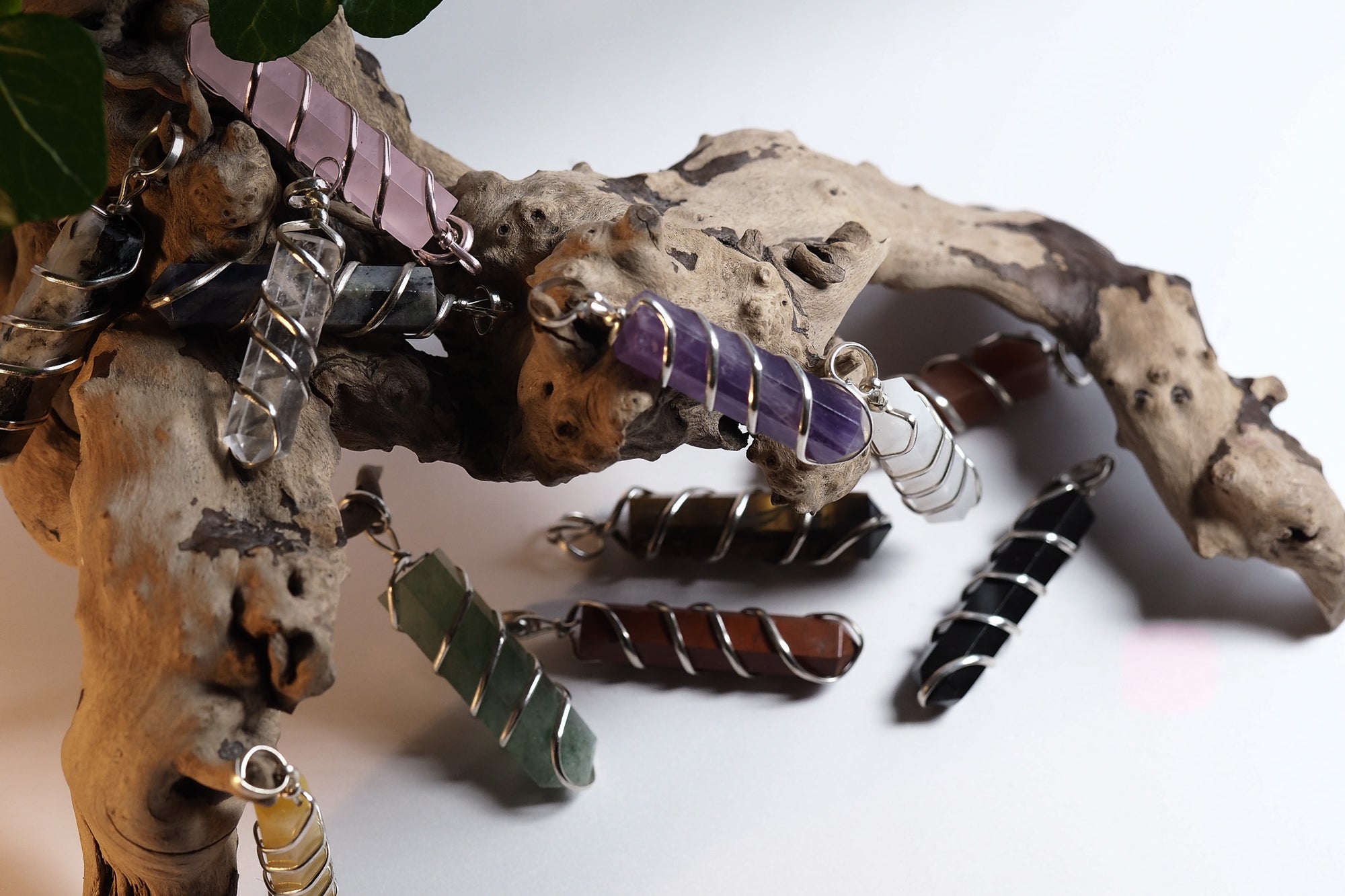The runes
Runes are a form of written characters, just like letters.
The signs are used to reproduce the sound of the words in writing. The runes were used to write the language that was spoken in the Nordic countries long ago.
There have been three different rune lines in Sweden, the Old Norse rune line, the Viking rune line and the medieval rune line.
Runes are written characters that were usually carved into wood or bone with a sharp tool, such as a knife.
Runes were almost never written in ink on parchment or paper, but there are some medieval manuscripts where runes were used instead of ordinary letters.
The run line is often called Futharken after the first six runes strong.
Have there been several different rune lines?
The runes have been used for more than a thousand years and the rune line has changed several times.
If you want to make it a bit simple, you can say that there have been three different rune lines.
The oldest is called the Old Norse rune line.
The other, which was used in the Viking Age, is called the Viking Age Rune Row. The last one was used in the Middle Ages and is therefore called the medieval rune. You can read more about the different runes below.
Cycle the Urnordiska
The runes that were used from about the year 0 and into the 7th century are called Old Norse runes. They are called that because the language that at that time was spoken in Sweden and the other Nordic countries is usually called Old Norse. Sometimes they are also called the older runes. There were 24 characters in the Old Norse rune line. You can see below what those runes looked like. The letters on the line below the runes show which letter would have been used to write the same sound. The rune for i.e (th) was used for a reading sound, as in the English words thing and that. The rune for ŋ (or of) was used for Meadow-sound.
The older (Old Norse) runeline has 24 characters.
Most inscriptions so old that they are carved with the Old Norse runes are found on weapons and jewelry. We only have about twenty stones in Sweden that have carvings with such runes.
The runes change
During the Viking Age, runes were not used quite the same as before. At the beginning of the 8th century, the runes were changed. Some of the runes retained their appearance. Some were removed completely, some got a new look and some completely new ones were created. The reason they changed the runes was because the language they spoke had changed over the 700 years they had been writing with runes. Some sounds had disappeared and some new ones had been added since the Old Norse rune line was created. Among the new sounds founds including and, ä and he.
The Viking Age run raid, 16 characters.

The Viking age is called the time that lasted from about the year 800 to the beginning of the 12th century. However, what we usually call the Viking Age rune line was already created at the beginning of the 7th century. Unlike the previous rune line, this one only consisted of 16 characters. It is these runes that most rune stones in Sweden are carved with.
The fourth rune can sometimes be translated as one a with a small tail (a). It means that the rune should be pronounced as a nasal a. Nasal is a sound pronounced in the nose. This is how this rune is pronounced only on the oldest Viking Age runestones such as the Smoke Stone. On younger runestones this rune stands for O.
You may find it strange that there are two different ones r, one that is written r and is used about the fifth rune and one that is written ʀ and is used if the last rune in the rune line. The latter stood for a special "buzzing" r-sound, which we no longer have in Swedish and which could almost only occur at the end of words. In time they both came r- the sounds to coincide and then got ʀ-the rune a new area of use, namely as a sign for and. The latter can be seen in medieval runic inscriptions (see below).
If you look at the common letters that are under the runes, you will see that many letters that we use today are not included. This is because several of the runes were used to denote more than one sound.
Here below you can see which sounds it could be about. Some runes that in-rune could be used for a variety of sounds, while others stood for only one or a couple of sounds. We have a little branch of this even in our alphabet today, as for example with the letter g which can stand for several different sounds. In this case, however, it is because we have changed the pronunciation of certain words.
The-younger-runline-with-audio values:

There was also a special rule that said that so-called nasals – m and n - could be omitted before certain consonants when writing. The rune m could, for example, perform p and b and you can sometimes see that the word in 'memorial' is spelled kubl on the runestones. In the same way could n-rune is omitted in front t, d, k and g. That's why it can sometimes stand at for the word and 'Spirit'.
The medieval runes
When the Viking Age was over and people stopped raising rune stones, they still continued to carve runes in Sweden. But then there were also many people who could write with ordinary letters. Many priests and others who belonged to the church wrote in letters, but most ordinary people only knew runes. But many of those who could write with letters also used runes. They probably thought it was awkward that there weren't enough punctuation marks to be able to spell in the same way as when writing with letters. Already during the Viking Age, it had been discovered that small dots (so-called stingings) could be used to redo the runes. If you put a dot on the rune i you got a sign for It is.
Examples of pierced runes (Medieval):

This was continued so that in the end they had access to as many runes as existed in the Latin alphabet at the time. The shape of the runes could vary a lot:
The medieval runes arranged in ABC order. For many of the signs there were different variants and even more sign forms are known:

Source: The National Antiquities Office
